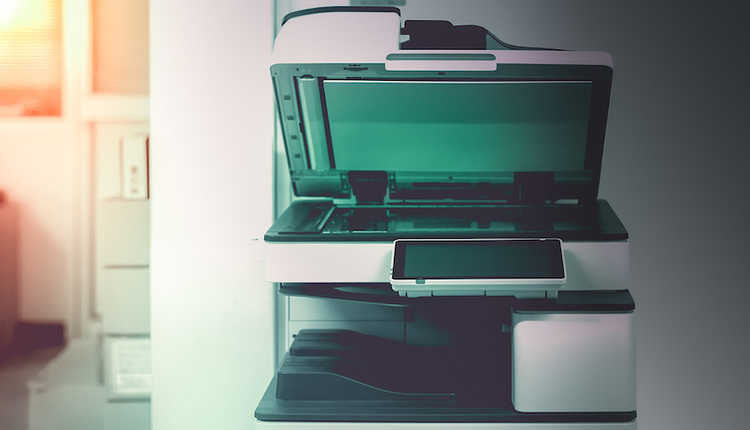Even though this technology has been around for some time now, this is still a question I am frequently asked and find to be confusing for many. What exactly is document management, and what are the key characteristics of a document management solution? For purposes of this discussion, the term document is defined as "recorded information or an object which can be treated as a unit." Document management, often referred to as document management systems (DMS) or, more frequently these days, as electronic document management (EDM), is the use of a computer system and software to store, manage and track electronic documents, electronic images of paper-based information captured through the use of a document scanner and even digital photos or audio and video capture through various devices that may include smartphones and tablets.
Functionality
EDM systems allow documents to be modified and manage the subsequent revisions of these documents. Most document management tools allow metadata to be associated with the document and integrate a search tool, thus, making the document more aware or intelligent, as well as easier to retrieve. Many EDM systems, however, lack the full functionality for managing records or meeting the needs of managing content holistically. One way to look at this is to think of EDM capabilities as essentially the entry point into managing documents. This functionality, expanded into larger contexts, becomes the basis of the management capabilities of enterprise content management (ECM), which moves to the management of the life cycle of content, from initial creation, to delivery, re-use, declaration as a record and to archive and/or destruction. Key document management features are:
- Check in/Check out and locking
- Version control
- Roll back
- Audit trail
- Annotation and stamps
- Summarisation
EDM, while capable of supporting electronic distribution as well, is predominately thought of as handling paper-based information after capture and digitally born documents, like word processing files, spreadsheets and presentations, thus, making them available to the community at large. Along these lines is a particular type of document management known as compound document management where you gain the benefits of componentised or template documents, enabling and supporting the concepts of repurposing information rather than rewriting every time.
Holistically speaking
Document management systems today range in size and scope, from small standalone systems to large-scale enterprise-wide configurations serving a global audience, as well as cloud-based solutions. Many document management systems provide a means to incorporate standard physical document filing practices electronically, allowing you to better manage not only your digital content but also your physical information. These include:
- Storage location
- Security and access control
- Version control
- Audit trails
- Check-in/check-out and document lock down
Document management, while still recognized and utilized independently, is also a common component found within an enterprise content management (ECM) environment. If you consider that the makeup of an ECM environment includes EDM as part of the technology element, you will many times also find imaging, workflow and other technologies and functionality as part of the complete environment. Remember, in an ECM environment, technology is a tool and not the total solution. As such, the EDM will likely also be tied into or integrated with line of business applications in order to maximize value and efficiency of the organization.
In today's business organization, mobile is also a driving force in establishing a controlled and well-managed EDM solution where the user community can capture information and access that information using smartphones and tablets from any location at any time.
In my view, EDM is one of those technologies that not only helps an organization organize and maintain control over its content, it is one that provides strength and defensible ways to minimize risk due to the version control and audit trail capabilities. The fact that a document can be locked down when in edit mode, versions maintained and an audit trail provided that summarizes what happened to a document, who did it and when they did it is essential in today's business world. Regulatory guidelines, litigation and audits all require that content, like records, be managed properly. There should be strategies dealing with life cycle, content value, security requirements and even disposition. If content has no value and you are holding on to it for no legitimate reason, get rid of it. Documents you have in hand are documents that can be discovered and potentially place you at risk.
What is EDM? It is a tool that will help you establish and maintain strong practices and tight control over your documents, content and information of all types. What you need to do is assess the business problem to solve and develop strategies that include EDM as one of the elements that will make you successful.
BOB LARRIVEE is an internationally recognized thought leader with over 30 years of experience in document imaging, content management, records management, the application of advanced technologies and process improvement. He is director of the AIIM Learning Center where he works to identify, develop and deliver specialized training in best practices, technology and methodologies. Mr. Larrivee can be reached at blarrivee@aiim.org.


















